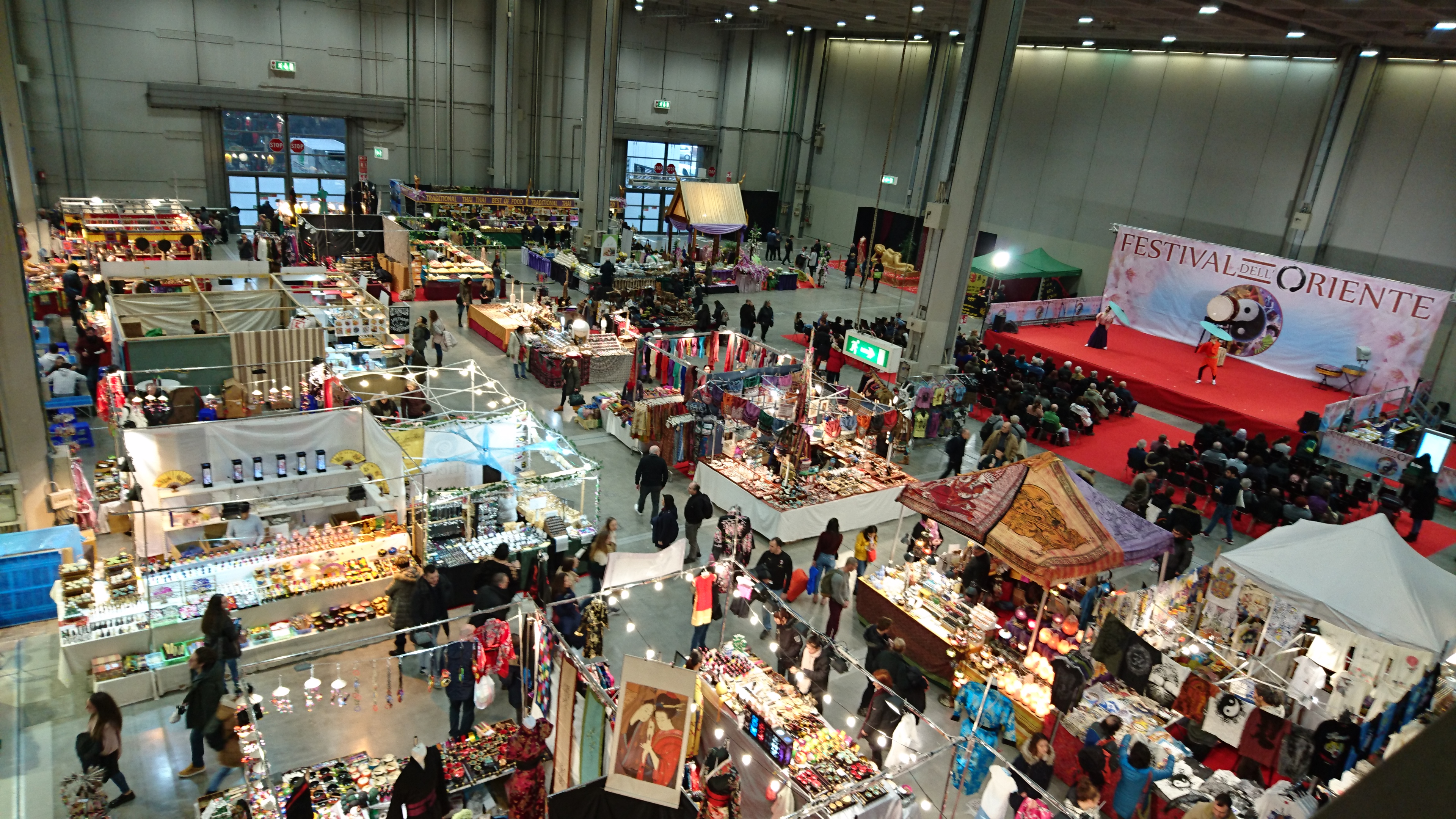Cultural Service
Cultural Services
Even in today's increasingly borderless and globalized world, the cultures of each country are not homogenized, and the importance of understanding one's own culture and other cultures is growing.
We encourage you to shed the light on the value of the culture in creating the product and its communication.
"The image of a country" = "The image of its products and services"
What we learned from cross-border UX studies is that the image users have of a certain country has a significant impact on their decision to purchase products and services made in that country. Even if the user is new to the service and doesn't understand it well, knowing that it was developed in a country where he or she has a good impression of it often leads to a feeling of familiarity, trust in the service, and motivation to use it.
The quality of a product or service is as important as ever, but in recent years, in addition to the value of the product itself, there has been an increasing focus on the "meaning" of the product according to the buyer's sense of value, such as the process by which it was created and the philosophy behind it. When providing products to overseas customers, the image of the country of origin plays a major role in giving value to the product as the "meaning", as well as the "reason" for choosing it.
 How is your country perceived by the local audience?
How is your country perceived by the local audience?
Image of a country and differences in value
The Japanese in general only have quite an ambiguous image of foreign countries, such as "Germany = beer". However, a product from a country about which they already have a good image, tends to have that image projected on it, even when they see the product for the first time. If it is a German product, for example, the communication of a particular product can be quite advantageous, because it projects a preconceived notion of a "robust and reliable product based on the Meisterian spirit". It is encouraged to take advantage of it, because it could be a narrative to give the product a "meaning", which would turn into the "reason" to use it.
 How do you deal with the difference in value?
How do you deal with the difference in value?
However, the characteristics of a product that are prioritized in one country may not necessarily be valued in another country. For example, when it comes to home appliances, Germans tend to want products to be simple, solid and robust, while Japanese people tend to focus on versatility, compactness and attention to details. In addition, preferences for aesthetics, for example, the color and its connotation vary from culture to culture. Beyond quality and practicality, we also need to look to the differences in values from cultural differences.
How does your country look to your customers in other countries? And how to incorporate/communicate the characteristics of the product in accordance with the values they have? We can clarify these questions through our UX research & study of course, but it is helpful to have interests in other cultures on a regular basis.
To reflect on the cultural root
We founded a non-profit organization in 2009, to transmit information on the Japanese traditional culture for both domestic and international audience. The motives of this initiative are:
- To introduce hidden cultural assets from all over Japan, so that people can find out the diversity of our country
- To get the insights of the Japanese mentality by knowing the origins of our value and philosophy
- To share these values and philosophy that the Japanese have fostered since ancient times, which would be still valuable in the modern living and in other cultures as well

In addition to the virtual communication, we joined overseas events to provide real-life experiences. We first joined Japan Expo in Paris in 2013 as a part of the traditional culture exhibition, and in 2019 Festival dell'Oriente across Italy with traditional craft artists and artisans to share their techniques and philosophy. Through these events, we strive to learn the local people and culture to better communicate the value and philosophy our culture is based on.
 Festival dell'Oriente in Milan
Festival dell'Oriente in Milan
Integrating the process of cultural understanding and incorporating the "meaning" that customers perceive as valuable into the design of products will become increasingly important, in order to enhance the image of the product and its value. We would like to provide services that apply the basic UX concept of "understanding people and context" to cross-cultural understanding and communication, as well as activities to help people understand Japanese culture better.


